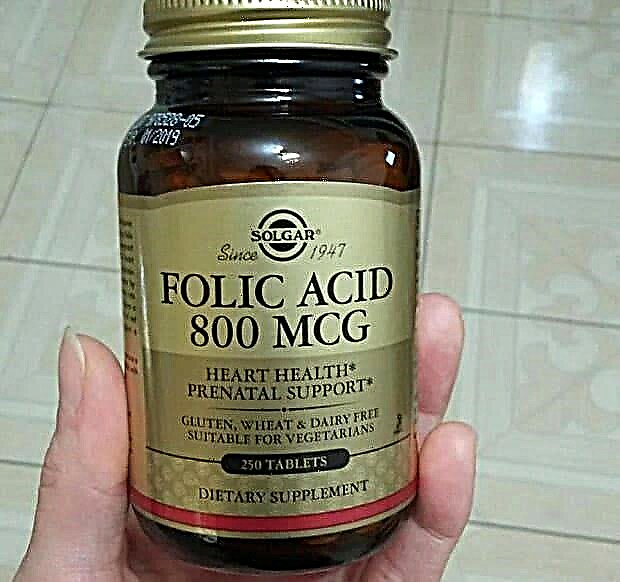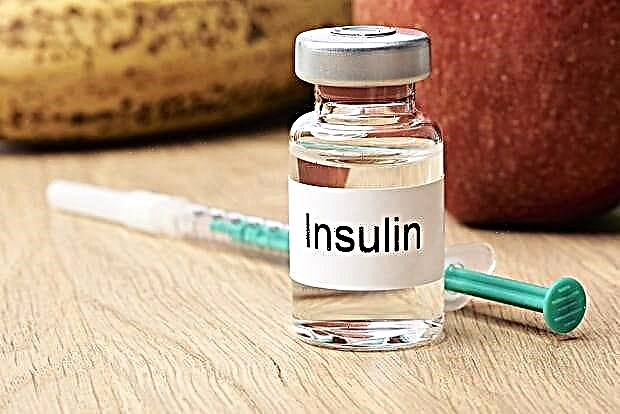Creatine
3K 0 02/20/2019 (last revision: 02/28/2019)
Creatine phosphate (English name - creatine phosphate, chemical formula - C4H10N3O5P) is a high-energy compound that is formed during the reversible phosphorylation of creatine and accumulates mainly (95%) in muscle and nerve tissues.
Its main function is to ensure the stability of the production of intracellular energy by constantly maintaining the required level of adenosine triphosphoric acid (ATP) by resynthesis.
Biochemistry of creatine phosphate
In the body, every second there are many biochemical and physiological processes that require energy consumption: the synthesis of substances, the transport of molecules of organic compounds and microelements to the organs of cells, the performance of muscle contractions. The required energy is generated during the hydrolysis of ATP, each molecule of which is resynthesized more than 2000 times per day. It does not accumulate in tissues, and for the normal functioning of all internal systems and organs, constant replenishment of its concentration is required.
For these purposes, creatine phosphate is intended. It is constantly produced and is the main component of the reaction for the reduction of ATP from ADP, which is catalyzed by a special enzyme - creatine phosphokinase. Unlike adenosine triphosphoric acid, muscles always have a sufficient supply of it.
In a healthy person, the volume of creatine phosphate is about 1% of the total body weight.
In the process of creatine phosphatase, three isoenzymes of creatine phosphokinase are involved: types MM, MB and BB, which differ in their location: the first two are in skeletal and cardiac muscles, the third is in the tissues of the brain.
Resynthesis of ATP
The regeneration of ATP by creatine phosphate is the fastest and most efficient of the three energy sources. 2-3 seconds of muscle work under intense load is enough, and resynthesis already reaches maximum performance. In this case, energy is produced 2-3 times more than during glycolysis, CTA and oxidative phosphorylation.

© makaule - stock.adobe.com
This is due to the localization of the reaction participants in the immediate vicinity of mitochondria and additional activation of the catalyst by the products of ATP cleavage. Therefore, a sharp increase in the intensity of muscle work does not lead to a decrease in the concentration of adenosine triphosphoric acid. In this process, there is an intensive consumption of creatine phosphate, after 5-10 seconds its speed begins to decrease sharply, and at 30 seconds it decreases to half the maximum value. In the future, other methods of transforming macroenergy compounds come into play.
The normal course of the creatine phosphate reaction is of particular importance for athletes who are associated with jerky changes in muscle load (short-distance running, weightlifting, various exercises with weights, badminton, fencing and other explosive game types).
The biochemistry of only this process is able to provide supercompensation of energy expenditures at the initial phase of muscle work, when the intensity of the load changes sharply and maximum power output is required in a minimum time. Trainings in the above sports should be carried out with the obligatory consideration of sufficient saturation of the body with the source of such energy - creatine and the "accumulator" of macroenergetic bonds - creatine phosphate.
At rest or with a significant decrease in the intensity of muscle activity, the consumption of ATP decreases. The rate of oxidative resynthesis remains at the same level and the "surplus" of adenosine triphosphoric acid is used to restore the reserves of creatine phosphate.
Synthesis of creatine and creatine phosphate
The main organs that produce creatine are the kidneys and liver. The process begins in the kidneys with the production of guanidine acetate from arginine and glycine. Then, creatine is synthesized in the liver from this salt and methionine. By blood flow, it is carried to the brain and muscle tissues, where it is converted into creatine phosphate under the appropriate conditions (absence or low muscle activity and a sufficient number of ATP molecules).
Clinical significance
In a healthy body, a part of creatine phosphate (about 3%) is constantly converted into creatinine as a result of non-enzymatic dephosphorylation. This amount is constant and is determined by the volume of muscle mass. As an unclaimed material, it is freely excreted in the urine.
To diagnose the condition of the kidneys, the analysis of daily excretion of creatinine allows. A low concentration in the blood may indicate muscle problems, and exceeding the norm indicates possible kidney disease.
Changes in the level of creatine kinase in the blood makes it possible to identify the symptoms of a number of cardiovascular diseases (myocardial infarction, hypertension) and the presence of pathological changes in the brain.
With atrophy or diseases of the muscular system, the produced creatine is not absorbed in the tissues and is excreted in the urine. Its concentration depends on the severity of the disease or the degree of loss of muscle performance.
An overdose of creatine can lead to an increased content of creatine in the urine due to non-observance of the rules of the instructions for the use of a sports supplement.









